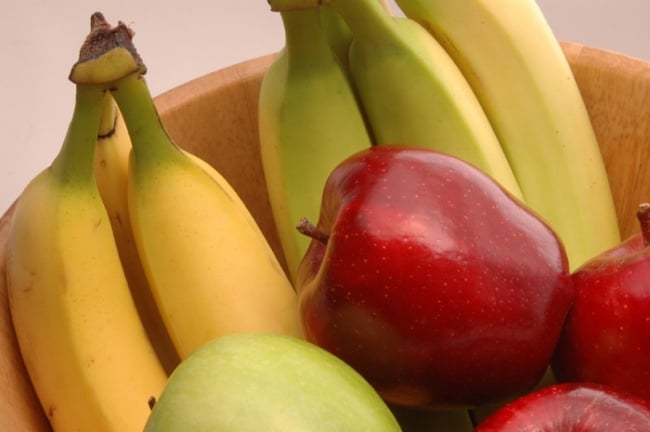
Cellulite is a woman’s nightmare and it is something that women want to get rid of regardless of their age and weight. There are claims that certain foods can fight cellulite but is this true or just another myth? Let’s find out.
What is cellulite?
Cellulite is a dreaded and embarrassing condition that affects the majority of post pubescent women in some way. The term refers to the dimpled appearance of skin, most often on thighs, hips and buttocks or other areas where there are large fat deposits. Cellulite is caused by uneven fat deposits just below the surface of the skin, which produce the dimpled, ‘cottage cheese’ effect. However, cellulite is not caused by fat alone, and even the thinnest of women often suffer from cellulite. It is in fact caused by the effect of fat and muscles connective tissue together. Having said this, excess fat definitely exacerbates the condition and makes the appearance more unsightly.
Why is Cellulite more common in women?
Below the skin there is a layer of tissue which is used to attach the skin to the muscle. In men this tissue has a diagonal or cross pattern, that is smooth and continuous. Unfortunately in women, this connective tissue runs vertically and as it is attached to the skin creates chambers that trap and squeeze fat to produce the dimpled effect.
What causes cellulite?
Skin elasticity
As we get older our connective tissue loses its elasticity and doesn’t retain its smooth appearance that it had in youth. Hormonal changes make connective tissue stiffer and less elastic, and this combined with an increase in fat cells starts to cause cellulite. As we get older, our skin also loses its elasticity and the appearance of cellulite is more pronounced.
Yo-yo dieting
Yo-yo dieting can also contribute to cellulite, as the ongoing gain and loss of weight can make skin less elastic and therefore increase the appearance of cellulite.
Genetics
Unfortunately cellulite is controlled largely by genetics and if you are predisposed to the condition there is very little you can do to fight it.
Do diet and exercise prevent cellulite?
Although you cannot eliminate cellulite, there are various methods that are thought to improve the appearance of the affected skin. It is generally believed that a healthy low fat diet will help to decrease the layer of fat under the skin, which helps to minimize the appearance of cellulite. A good diet may also contribute to keeping skin and connective tissue healthy and elastic. A diet that discourages water retention by avoiding too much salt may also improve the appearance of the skin. It is also important not to smoke and to stay well hydrated.
Exercise is especially useful for fighting cellulite as it minimizes body fat, improves circulation and tones muscle in areas that are particularly susceptible to cellulite, such as thighs, buttocks and abdomen. It is thought that increased circulation helps to keep skin and connective tissue healthy and elastic, and also helps to minimize fluid retention and eliminate wastes.
Can certain foods help to fight cellulite?
Whilst it is largely agreed among experts that a healthy, low saturated fat diet that is high in fruit and vegetables, lean proteins and fibre and low in saturated fats and processed foods will help with the appearance of cellulite, there is very little scientific evidence to support the use of certain foods to actively fight cellulite.
Foods that are recommended are generally those that contain nutrients or have properties that in theory should help to improve skin and connective tissue health and minimize fat formation. In general these types of foods are all found in a healthy balanced diet.
Ten foods that fight cellulite
1. Water
Although not technically a food, water is shown to be the most effective in reducing the appearance of cellulite. Being well hydrated is essential for healthy skin, which in turn helps to hide the appearance of cellulite. Fat cells appear more prominent beneath dehydrated unhealthy skin, so continually drinking water throughout the day is essential to improve the appearance of problem areas. It can also be beneficial to eat foods that have high moisture content such as melon, grapes, tomatoes, leafy vegetables and cucumbers. Not only do these provide you with extra fluid, but they also contain valuable nutrients and are low in calories, which can help reduce fat formation.
2. Essential Fatty acids
Foods high in omega-3 and 6 fatty acids are thought to improve the appearance of cellulite. These must be obtained from food. It is thought that these types of fat improve blood vessel health and therefore circulation, leading to decreased appearance of cellulite. Good sources of omega-3 include salmon, sardines, canola and olive oils and walnuts. Omega-6 fatty acids are found in foods such as safflower and sunflower oil and soy beans.
3. Unsaturated Fats
Mono and poly unsaturated fats have been shown to have beneficial effects on skin health. By eating foods high in these types of fats, the health of your skin may improve, minimizing the appearance of cellulite. Good sources of mono and poly unsaturated fats include nuts and seeds avocado, vegetable oils such as canola or olive and fish.
4. Lean protein
A diet high in lean protein may help to increase satiation, leading you to consume less calories. This in turn leads to less build of fat cells in problem areas lessening the appearance of cellulite. A diet high in protein also helps to build muscle, which can help give a more toned appearance to the affected areas. Good sources are fish and seafood, nuts, lean meat with visible fat removed and chicken without skin.
5. Whole grains
Whole grains provide valuable vitamins, minerals and dietary fibre in our diet. The University of Maryland Medical centre suggests a high fibre diet, for people wishing to avoid cellulite as a high fibre diet is beneficial for weight management and may also increase skin health due to healthy fats found in seeds. To increase your whole grain intake, choose wholegrain varieties of bread and cereals, brown rice and pasta, and try foods such as quinoa and barely.
6. Fruit
Fruit is essential in any healthy diet to provide a range of vitamins and fibre. Most fruits are also high in fluid and low in calories, making them ideal for weight loss and the improvement of cellulite. It has been suggested by some sources that bananas and papaya are particularly effective in cellulite prevention due to their high potassium content. It has been suggested that potassium decreases water retention and increases lymphatic drainage, which may improve cellulite, but there is little scientific evidence to support this at this stage. Cranberries and other berries may also be beneficial due to their high antioxidant content.
7. Vegetables
Also high in fluids and nutrients and low in calories, vegetables are ideal for weight management. Although scientific evidence is lacking, asparagus has often been suggested to be beneficial in fighting cellulite due to its folic acid content. Some suggest that folic acid helps stabilise mood swings and decrease stress levels, which indirectly can affect fat storage in the body.
8. Plant Based Proteins
Plant based proteins may also be beneficial for those with cellulite or those trying to prevent it as they help to build muscle instead of fat and may assist in strengthening existing cells. Good sources include legumes, beans and peas, quinoa, and bulgur.
9. Foods high in vitamin C
There is some evidence that high vitamin C intake may boost collagen levels, which is a protein found in the connective tissues of the body. This may strengthen tissues and reduce appearance of cellulite. Good sources of vitamin C include fruits such as oranges, lemons, berries and pineapple.
10. Green Leafy Vegetables
Green leafy vegetables such as spinach or kale contain an antioxidant known as lutein. There is some evidence that this substance may increase skin hydration and elasticity and in this way reduce the appearance of cellulite due to increased skin health.
References used in the article

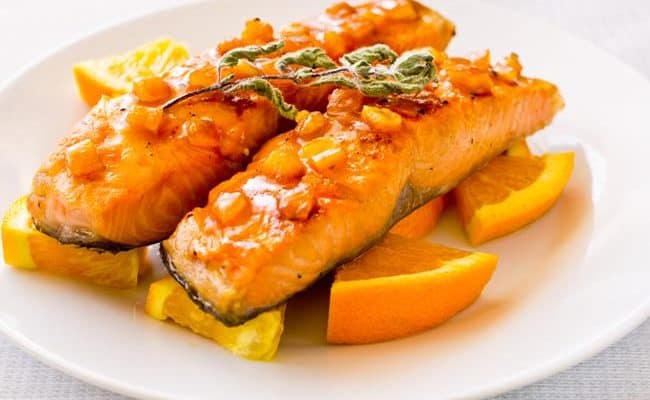


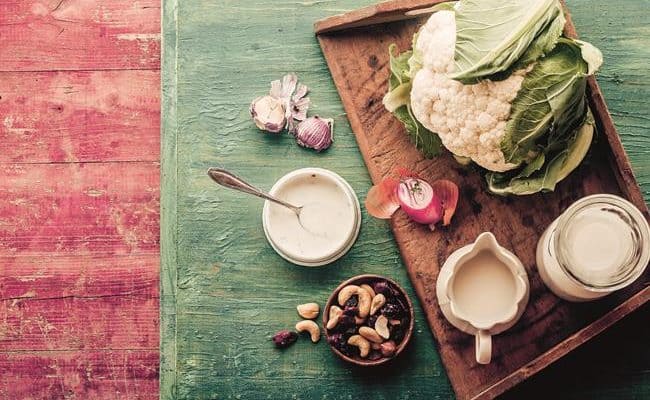
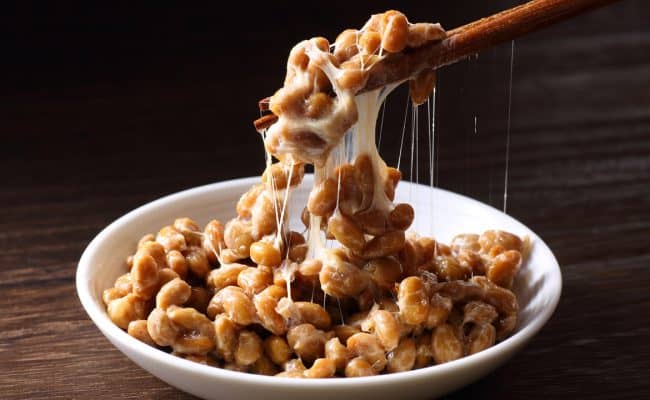
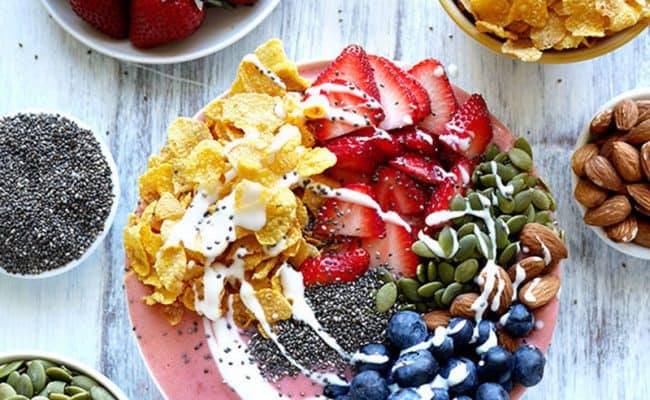
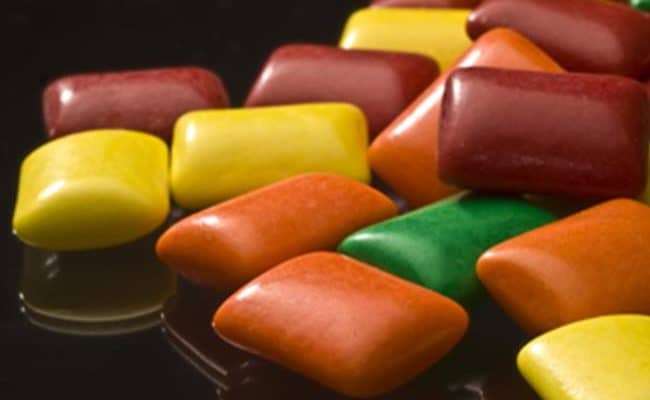
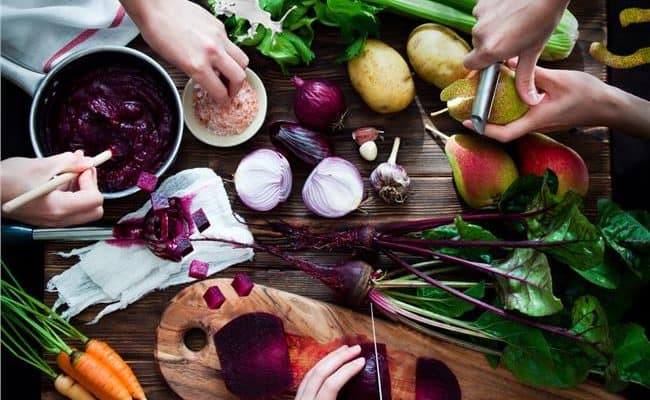


Lesa (@healthcareguru0) says
Drinking water alone will not prevent cellulite. However, when combined with a healthy diet, healthy lifestyle and a regular amount of exercise, you will find that drinking water can contribute to reducing the issue of cellulite development.
Water can help boost the metabolism and flush out toxins in the body. These two factors will assuredly reduce the potential for building up a lot of cellulite.
Spuogai says
I always combine water, sport and food. It gives me good results ! Also, I refused all fizzy drinks including mineral sparkling water
deb says
Carbs cause celulite….eat good fats and green veggies to flush it